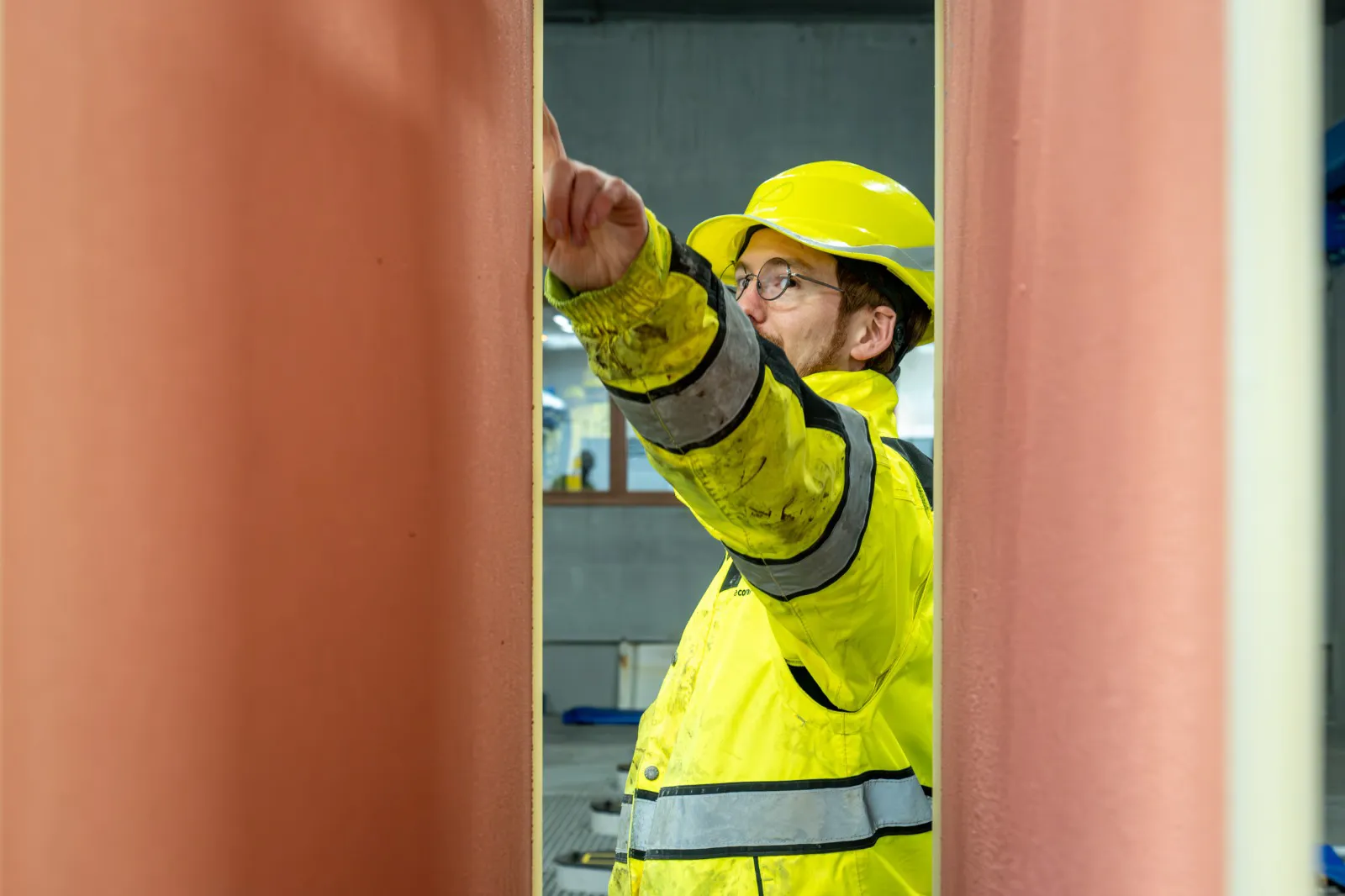Biolix
Biolix
The “Biolix” project, coordinated by Comet Traitements, involves bringing into operation an initial demonstration unit for the hydrometallurgical production of copper cathodes from polymetallic concentrates obtained from the treatment of metal waste shredding residues: end-of-life vehicles (ELVs), waste electrical and electronic equipment (WEEE) and scrap metal.
Based on an innovative process developed since 2011 by the GeMMe laboratory at the University of Liège and Comet Traitements, this first unit will make it possible to selectively dissolve copper contained in final waste, currently disposed of in landfill sites, to produce some 750 tonnes per year of grade A cathode (99.99% pure Cu). Following detailed engineering studies, the Biolix process will move on to industrial production, with the construction of a demonstration unit. This plant will directly involve 14 new employees. Until now, traditional recycling technologies have not enabled Comet Traitements to recover all the copper present in the electrical and electronic waste and end-of-life vehicles it recycles. Thanks to the Biolix project, this situation will be a thing of the past. The Biolix technology, initially promoted by the Marshall Plan (MécaTech competitiveness cluster) and the European Union (ECO-Innovation), required 6 years of research and development. Residues from the shredding of end-of-life vehicles (ELVs), waste electrical and electronic equipment (WEEE) and scrap metal are immersed in an acid bath with properties that have been studied at length by the research consortium. Only certain metals, including copper, are selectively dissolved (leaching principle). After extracting impurities and purifying the copper-rich liquid, the latter is electrically deposited in the form of plates – cathodes – with an exceptional purity of 99.99%. These cathodes will find their place, as substitutes for primary copper, in traditional applications such as the construction industry or electrical and electronic equipment (cables, printed circuits, etc.). This funding was provided as part of the Walloon Region’s Reverse Metallurgy programme, with the support of the SRIW, the SFPI and the local invest IMBC. Wallonia is home to several technological innovation projects dedicated to metal recycling. They are being developed on the basis of a public-private partnership within the Walloon Mecatech cluster, with an overall budget of €65 million, and aim to position Wallonia as a “Recycling Valley” at the heart of Europe. In support of this industrial transfer, the ongoing process development research carried out at the GeMMe Laboratory has enabled us to overcome major technological hurdles, optimising the project’s economic and environmental performance. The laboratory also assessed the potential for applying hydrometallurgy principles to a variety of streams containing high-tech metals from Comet Traitements’ recycling activities. One example is the recycling of rare earth elements contained in the permanent magnets of new-generation hybrid and electric vehicles. The basic principles of a novel process have been demonstrated on a laboratory scale, and a mini-pilot unit has been built at the University.
5 years














